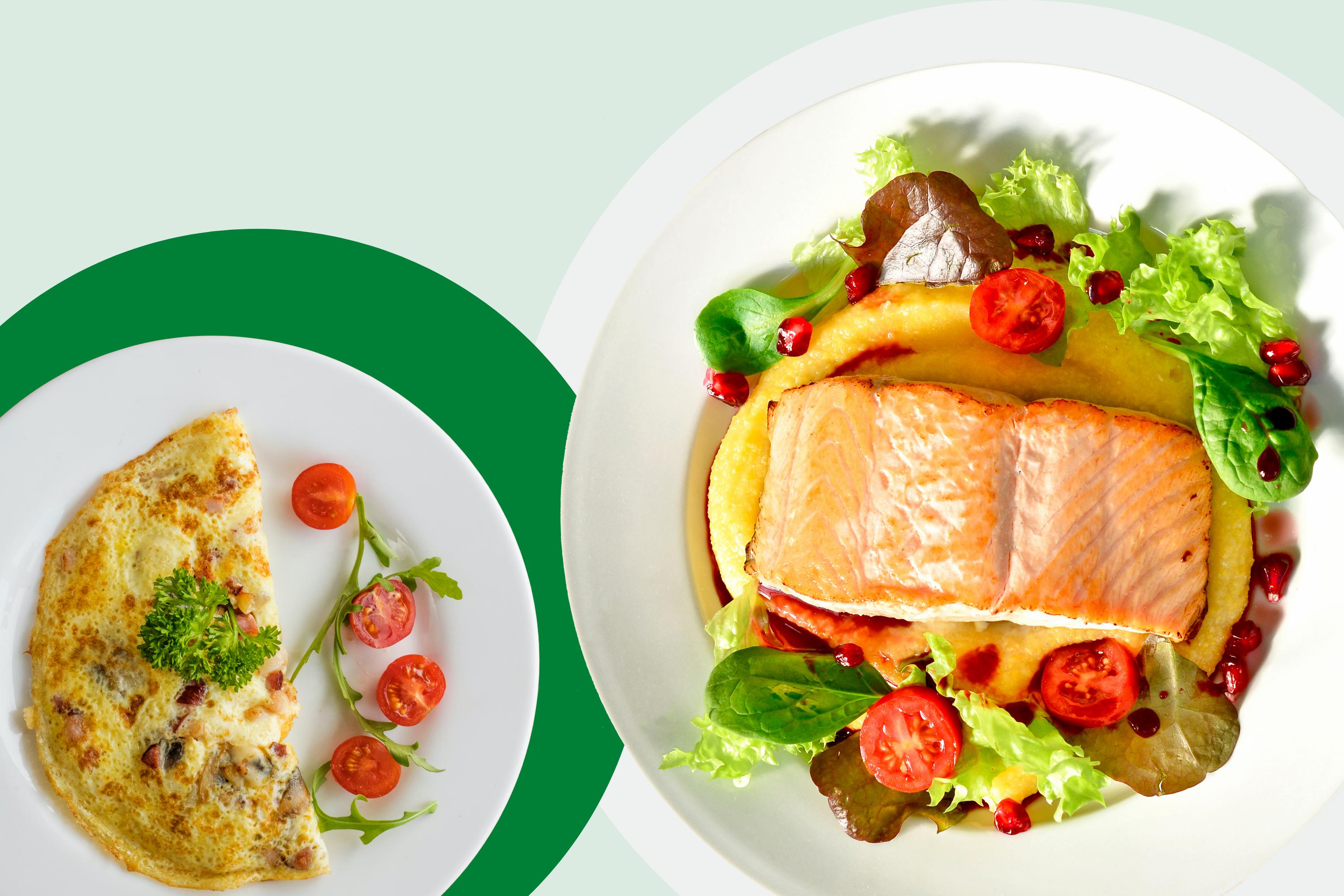
There are many types of diets. Some of them eliminate certain foods completely, while others allow you to replace certain foods with others. There are some diets that are specifically recommended for specific health conditions. But, many diets lack crucial nutrients such as dietary fibrous, carbohydrate, selected vitamins and minerals, as well protective phytochemicals. These deficiencies can result in serious health problems. Major nutrition and health organisations recommend that healthy diets include all the essential nutrients.
High-carbohydrate diets that are high in fiber and high-carbohydrate diets promote whole grain consumption.
Start increasing your intake whole grains to ensure you get sufficient fiber. Whole grains are the whole grain, which includes the bran and germ as well as the endosperm. Many grains have been processed, which removes the bran and fiber. However, some whole grains retain all these components. Whole grains can be a great source for fiber and help reduce the risk of developing type 2 diabetes and cardiovascular disease.
Vegetables, fruits, nuts, and whole grain are all considered healthy. However, too many of these foods can pose a number of health risks. Excessive carb intake has been linked to metabolic syndrome. This is a group of risk factors that can lead to high blood pressure, diabetes and high triglycerides. Additionally, a high-carbohydrate, starchy diet can cause weight gain and decreased physical activity. An excessive weight gain can lead you to diabetes and obesity.
Low-fat diets
A low-fat diet is one that limits the amount of fat you eat as a percentage daily. Low-fat diets restrict fat intake up to 15% of your total calories. Low-fat diets do not have any food restrictions, but certain foods might be considered off-limits. These foods are often high in sugar, and they don't offer significant vitamin or mineral benefits.

Low-fat diets do not suit all people. Fat is a macronutrient that is important, but it also has a lot of calories. Exercising too much fat can lead you to gain weight and feel hungry. A healthy weight management strategy requires a balanced diet.
FAQ
Is it possible to have a weak immune system due to being cold?
It's been said that there are two kinds of people in the world; those who love winter and those who hate it. But whether you love or hate it, you may find yourself wondering why you feel so lousy when it's cold out.
Our bodies are made to function well in warm weather. Hot climates are where our food sources are most plentiful, and we evolved to thrive there.
We live in a very different environment than our ancestors. We spend a lot more time indoors, and are more likely to be exposed to extreme temperatures like heat and cold.
This means that our bodies aren’t used to these extremes. This means that we feel tired, sluggish and even sick when we venture outside.
There are many ways to avoid these side effects. Staying hydrated is one way to combat this. You can help flush out toxins and keep your body hydrated by drinking plenty of water.
Also, ensure you eat healthy food. Healthy food will help your body maintain its optimal temperature. This is especially important for those who spend long periods inside.
Take a few minutes every morning to meditate. Meditation is a great way to relax your body and mind. It makes it easier for you to cope with stress and illness.
Which are the top 10 foods you should eat?
The 10 best foods to eat include:
-
Avocados
-
Berries
-
Broccoli
-
Cauliflower
-
Eggs
-
Fish
-
Grains
-
Nuts
-
Oats
-
Salmon
How does an antibiotic work?
Antibiotics are medications that kill harmful bacteria. Antibiotics are used to treat bacterial infections. There are many types and brands of antibiotics. Some are taken orally, some are injected, and others are applied topically.
People who have been exposed are often given antibiotics. One example is if someone has had chickenpox and wants to prevent shingles. For those with strep-thorphritis, an injection of penicillin could be given to prevent them from getting pneumonia.
Doctors should prescribe antibiotics to children. Children are more likely to experience side effects than adults from antibiotics.
Diarrhea is one of the most common side effects of antibiotics. Other side effects possible include dizziness, nausea, vomiting, stomach cramps, stomach pains, dizziness and allergic reactions. These symptoms usually go away after treatment ends.
These are five tips to help you lead a healthy lifestyle.
These are 5 ways you can live a healthy and happy life.
A healthy lifestyle means eating right, being active, getting enough sleep, managing your stress levels, and having fun. Healthy eating means avoiding sugary and processed foods. Exercise burns calories and strengthens the muscles. Good sleep habits can help improve memory and concentration. Managing stress reduces anxiety and depression. Fun is the key to keeping us healthy and happy.
What is the difference in fat and sugar?
Fat is an energy source that comes from food. Sugar is a sweet, naturally occurring substance in fruits and vegetables. Both fats (and sugars) have the exact same calories. Fats have twice the calories of sugars, however.
Fats are stored in the body and contribute to obesity. They can cause cholesterol buildup which can lead to strokes and heart attacks.
Sugars provide instant energy and are rapidly absorbed by the body. This causes blood glucose levels rise. High blood glucose levels are dangerous as it can increase the likelihood of developing type 2 diabetes.
Statistics
- In both adults and children, the intake of free sugars should be reduced to less than 10% of total energy intake. (who.int)
- The Dietary Guidelines for Americans recommend keeping added sugar intake below 10% of your daily calorie intake, while the World Health Organization recommends slashing added sugars to 5% or less of your daily calories for optimal health (59Trusted (healthline.com)
- According to the 2020 Dietary Guidelines for Americans, a balanced diet high in fruits and vegetables, lean protein, low-fat dairy and whole grains is needed for optimal energy. (mayoclinichealthsystem.org)
- WHO recommends consuming less than 5% of total energy intake for additional health benefits. (who.int)
External Links
How To
27 Steps to a Healthy Lifestyle when Your Family Buys Junk Food
Cooking at your home is one of the easiest ways to eat healthier. However, many people are not skilled in preparing healthy meals. This article will help you make healthier choices while dining out.
-
Look for restaurants that offer healthy choices.
-
Order salads, vegetables and meat before placing your order.
-
Ask for sauces with no added sugar.
-
Avoid fried food.
-
Request grilled meats instead of fried ones.
-
Don't order dessert unless your really need it.
-
After dinner, make sure you have something to eat.
-
Always eat slowly and chew your food thoroughly.
-
Eat water.
-
Do not skip breakfast, lunch or dinner.
-
Take fruit and vegetables along with every meal.
-
Consume milk and not soda.
-
Try to avoid sugary drinks.
-
Reduce salt intake.
-
Try to limit your frequent visits to fast-food restaurants.
-
Ask someone to come along if you are unable to resist temptation.
-
Don't let your children watch too much TV.
-
Do not turn on the television while you eat.
-
Drink no energy drinks
-
Take regular breaks from the office.
-
Get up early in the morning and exercise.
-
Exercise everyday.
-
Start small and increase your knowledge slowly.
-
Set realistic goals.
-
Be patient.
-
Even if you don’t feel like it, find the time to exercise.
-
Use positive thinking.